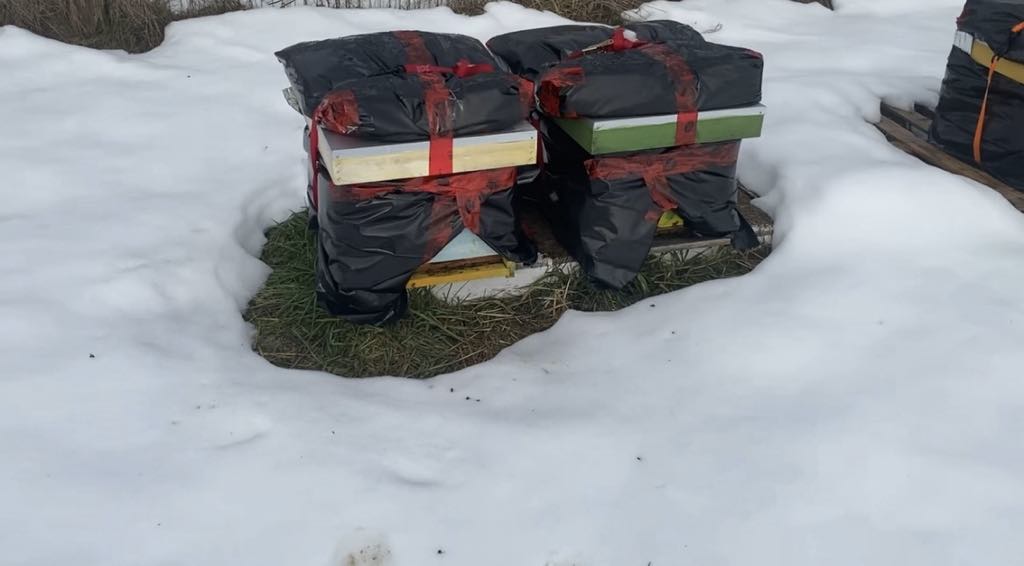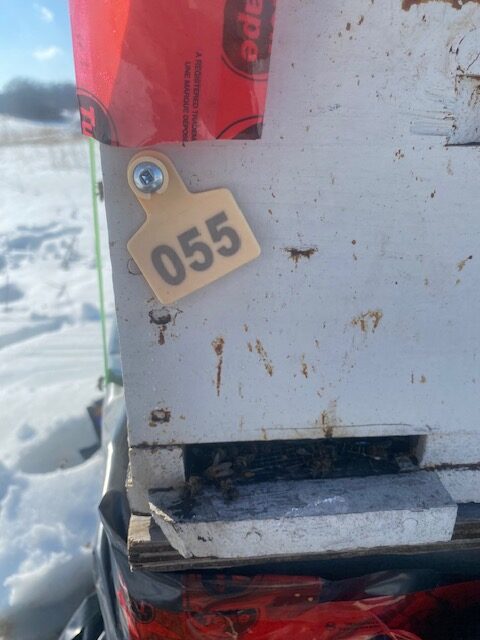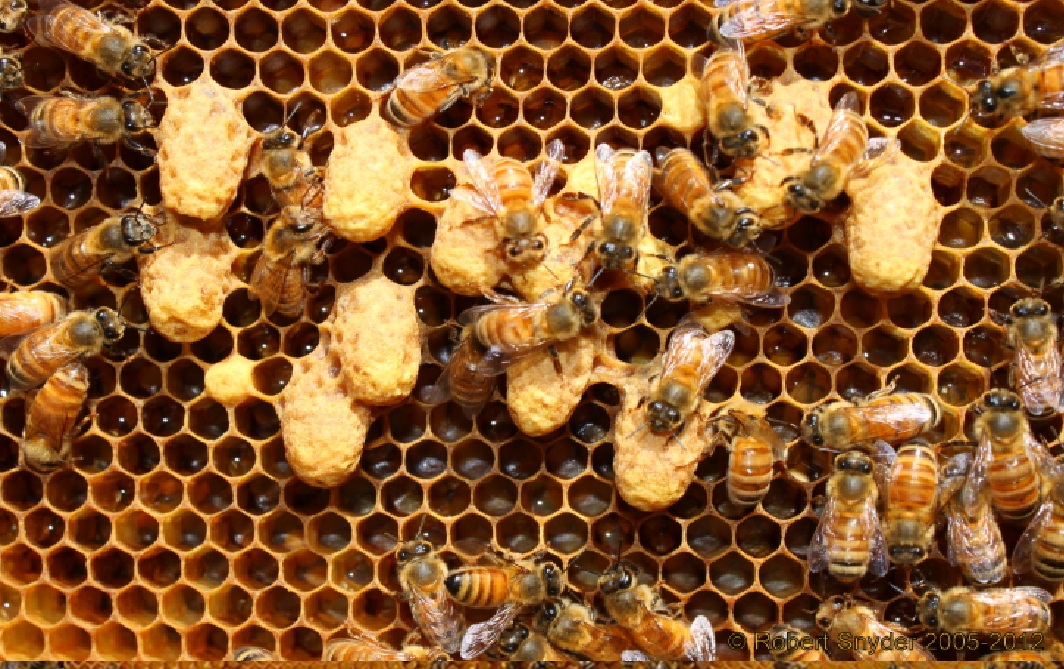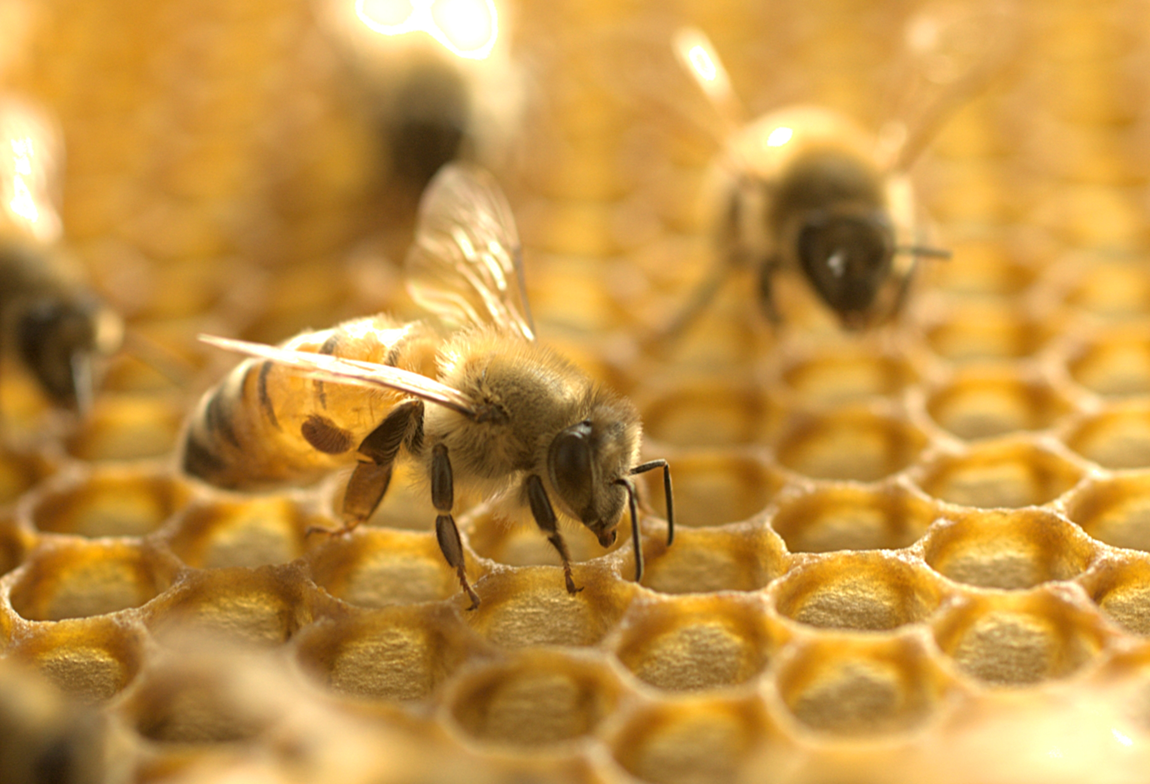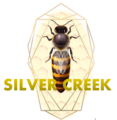There are a few experiments we have done over the years to test overwintering colonies. Some of them are fairly basic, and some of them are myths or misunderstood, or we could not figure them out.
It’s All About The Heat
The bees need to stay warm to survive. They stay warm by vibrating to warm their heads, which warm the inner part of the cluster. They need to warm honey to eat it. They need to warm cells so the queen will lay in them. All three are needed to help a hive survive the winter months.
Staying warm can be difficult to understand. Does the hive need to be warm? Does the ball of bees need to be warm? And, how does a hive maintain warmth when there are only about 4000 winter bees. To put this in perspective:
- 4000 winter bees to a hive
- 10,000 bees in a package
- 600 bees in a cup. (based on bee activity, wet or dry, and temperature)
- A spring hive will have about 10000+ bees
- A summer hive will have about 40000 bees and then swarm.
When you are about to wrap your bees in October/November, how many cups of bees do you have? If you only have a small oval in the middle of your hive, then you do not have enough bees to keep the hive warm.
How do Bees Stay Warm?
A honeybee colony, is a superorganism, which is endothermic, meaning that it can generate heat like a warm blooded animal. Together they can survive. Alone they are doomed.
An individual honeybee is exothermic, like a cold blooded animal. Without the cluster the bee must rely on heat from its environment to stay alive. When it gets too cold, a single bee will simply slow down and stop moving. If they stay away from their cluster too long, they will slow down, and eventually die.
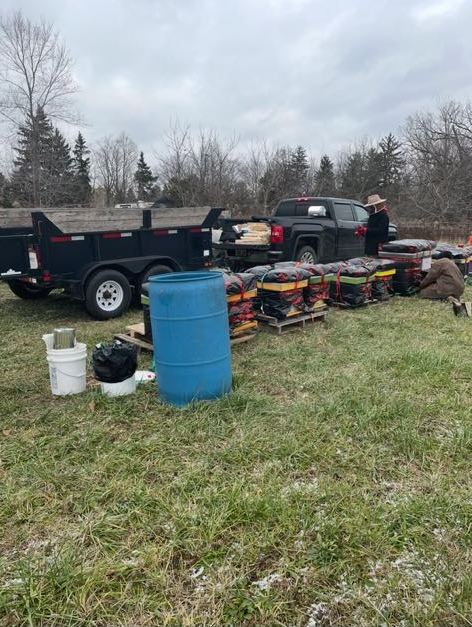
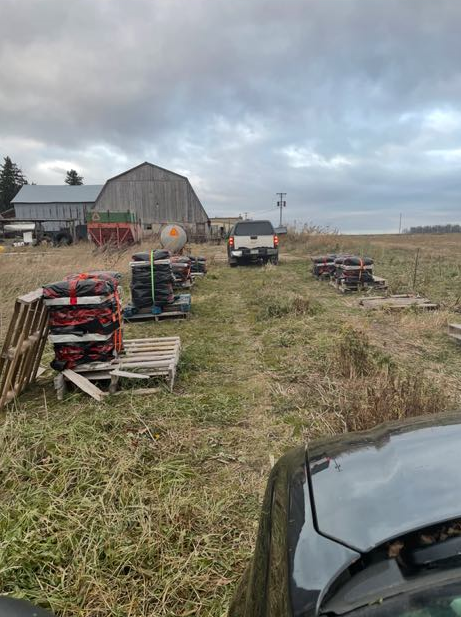
We see this when we see bees, headfirst in comb cells. They were trying to stay warm, but could not, so they went into a coma and died. They look like they are searching for honey, but this is not how bees eat. They share a drop of honey till it’s gone, passing it around.
A warm hive eats very little stores. A cold hive must consume a lot to survive. Even with lots of honey, most colonies typically starve in March, which is why we start feeding the first of March.
Bees generate heat by vibrating their thoracic wing muscles, similar to the way our muscles shiver when we are cold. Their heads heat up and warm the area near the center of the cluster.
Note: This is a strong hive, first week of December, just before wrapping. The hive has 9 frames of bees covering 80% of the frame. This is what we look for.
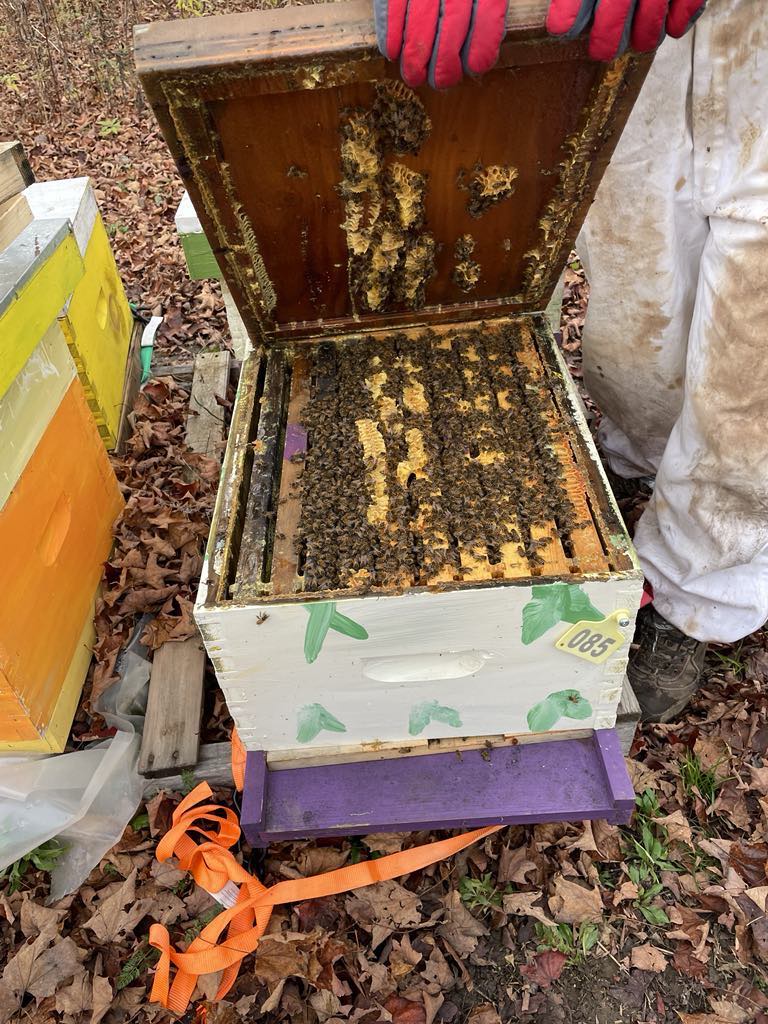
We do not worry about being pretty. We focus on giving the bees what they need. Our focus is not survival, it is to have hives strong and explode in the spring.
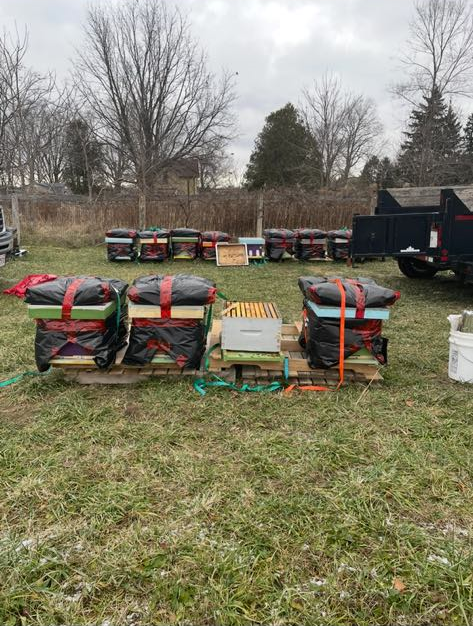
What can be done?
- Combine hives. (pinch the queen)
- Put bees in a smaller box and sandwich them between two strong hives, or put them on-top of a strong hive.
- Remove some frames and replace with insulation.
- Let nature take its course.
- Relocate the hive to a shed that doesn’t drop below 5C, with a lot of ventilation, and no light.
Now you have enough bees to heat the area, we like to see about 4 frames that are 90% full, and another 2 – 3 frames about 60% full. We do not worry about too many bees because you are going to lose more by January.
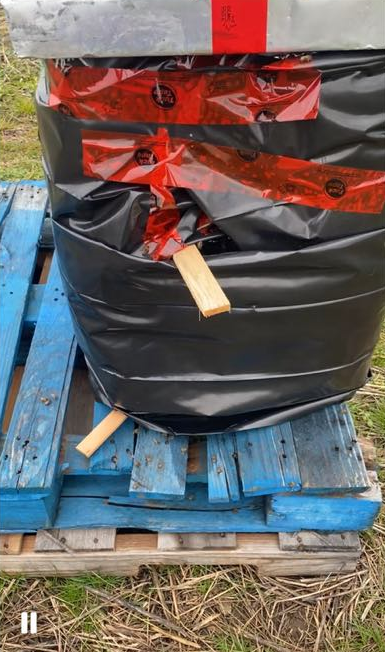
December 20, 2024
I ran several experiments this fall. First, we are overwintering both strong and weak colonies in double nuc boxes. Some of them we stacked, some we didn’t. The main thing I am looking for here is, drift. There is a lot of talk about how bees drift when overwintering nucs. My thought is, are they abandoning weak queens and hives for stronger ones? Do the bees know that if they join forces they will survive better? And, can smaller hives survive better in smaller areas. It is now the end of a wet and rainy December.
We also overwintered hives ‘spaced apart’. We are testing the condensing hive and water on the sides. Next year we are going to put blocks of 5 hives together with sides touching. This will increase ‘shared’ heat, and will decrease the walls that hit dew point.
We didn’t start with this experiment because I’ve watched too many youtube videos where the beekeeper stated that the end hives survived best, and the inner ones failed. Again, is this a condensation, drift, varroa, bacteria/viral problem? Is it a combination? Is it a case of causality?
So far this year cleansing flights have not been a problem as there has been at least 1 day a week over 10C. Normally we would have did an oxyvape this month, but we are both sick.
We will use an instavape once a month through the winter. The queen should start laying in January which means varroa levels will increase. We will also use antibiotics and Formic in March/April.
Note: We do not have top venting. These are wrapped as condensing hives.
Note: We do not have a problem with cleansing flights so we are not worried about the sun warming the hives on days the bees can fly.

